As we all know, to extract the oil and natural gas in the earth's crust, you need to go deep underground and penetrate thick rock layers to find the precious resources that support our food, clothing, housing and transportation. However, have you ever thought that this process actually consumes a lot of high-quality steel pipes? To understand this, you only need to briefly understand the process of oil
drilling.
Wellbore Challenges and Casing Pipe Use
When drilling for oil on land, we face a huge challenge: the "swallowing" force of the wellbore. In order to ensure the stability of the wellbore wall and prevent it from collapsing, we must lower high-strength seamless steel pipes that are resistant to compression, tension, and corrosion. The depth of these steel pipes must match the wellbore, and the diameter and wall thickness gradually change from top to bottom to ensure safety. In addition, in order to deal with the risk of blowouts during drilling, we also use multiple steel pipes for reinforcement. These pipes that are permanently sealed in the well are called casing pipe.
Casing pipe specifications and standards
Domestic special casing for oil and gas fields is manufactured in strict accordance with the API standards formulated by the American Society of Petroleum Engineers. These casings are divided into different steel grades and distinguished by the color of the ring mark. For example, the ordinary J-55 casing is marked with a light green ring mark, while the stronger N-80 casing is marked with a red ring mark. According to the theoretical mass calculation of a nominal diameter of 140 mm, a wall thickness of 7~10 mm, and a length of 10 meters, the mass of casing required to drill a well 1 km deep is at least 30 tons. Considering that the burial depth of most oil and gas fields in my country is more than 1,000 meters, the actual number of casings required will be even larger. In ultra-deep wells in places such as the Tarim Basin in Xinjiang, a well may require tens or even hundreds of tons of casing.
Function and Specifications of Tubing
After the casing-protected wellbore is completed, although it lays the foundation for oil and gas production, direct extraction is still not possible. To effectively guide the oil and gas seeping from the formation to the surface, a special type of liner needs to be inserted inside the casing. This liner carries various downhole tools used to artificially control the stability of oil and gas output. The inner diameter of this liner is smaller than that of the casing, giving it greater flexibility and allowing it to be removed at any time for replacement and maintenance. As it serves as the main channel for oil and gas flow, it is referred to in the industry as "tubing." Typically, the nominal diameter of such tubing ranges from 50 to 127 millimeters.
Advanced tubing technologies also include:
Corrosion-resistant alloys (CRA) for sour service wells
Vacuum insulated tubing (VIT) for enhanced thermal efficiency
Coiled tubing for well intervention and stimulation in gas fields
The proper selection and installation of tubing directly influence a well’s productivity, operational lifespan, and maintenance frequency.
In a 140 mm casing, a 73 mm API-compliant seamless steel tubing is installed to channel oil and gas to the surface. Each 8-meter section connects via threaded couplings, with a 1,000-meter string weighing about 9 tons. Deeper wells may use thicker, stronger tubing, supporting up to 50 tons. Unlike gas wells, oil wells require mechanical lift—typically rod pumps driven by pump jacks and sucker rods (16–25 mm in diameter). A 900-meter rod pump system weighs around 15 tons in total. For a million-ton oilfield, hundreds of such wells are needed, consuming steel volumes far greater than the 7,000 tons used to build the Eiffel Tower—highlighting the immense, often unseen demand for steel in oilfield development.






 English
English Español
Español بالعربية
بالعربية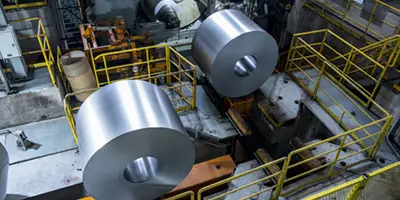

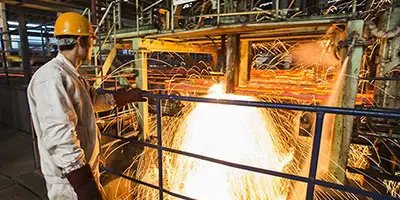
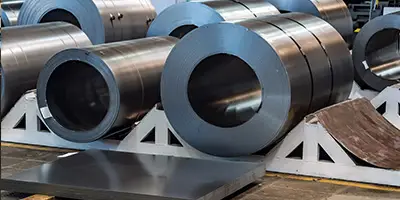

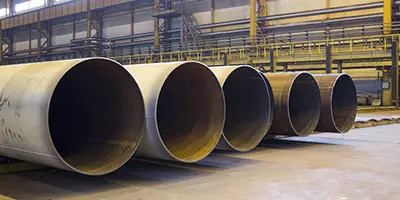

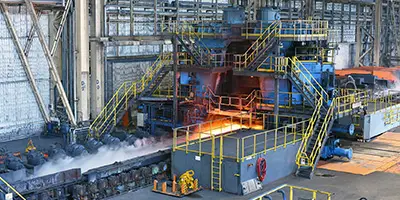
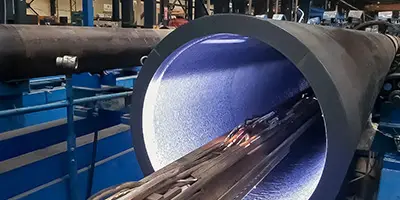
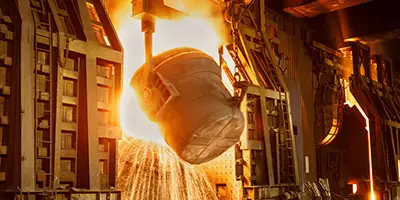

 Phone :
Phone :  Whatsapp :
Whatsapp :  Email :
Email : 


